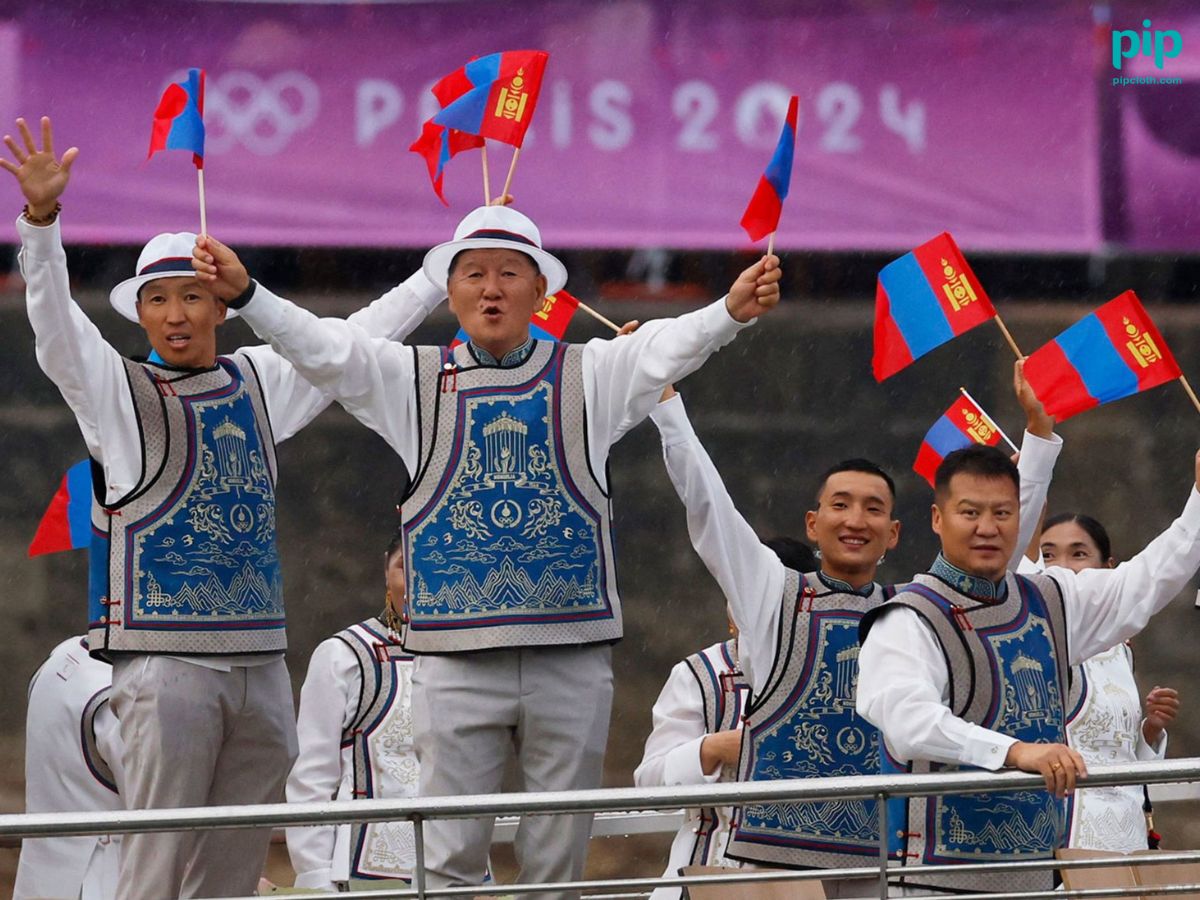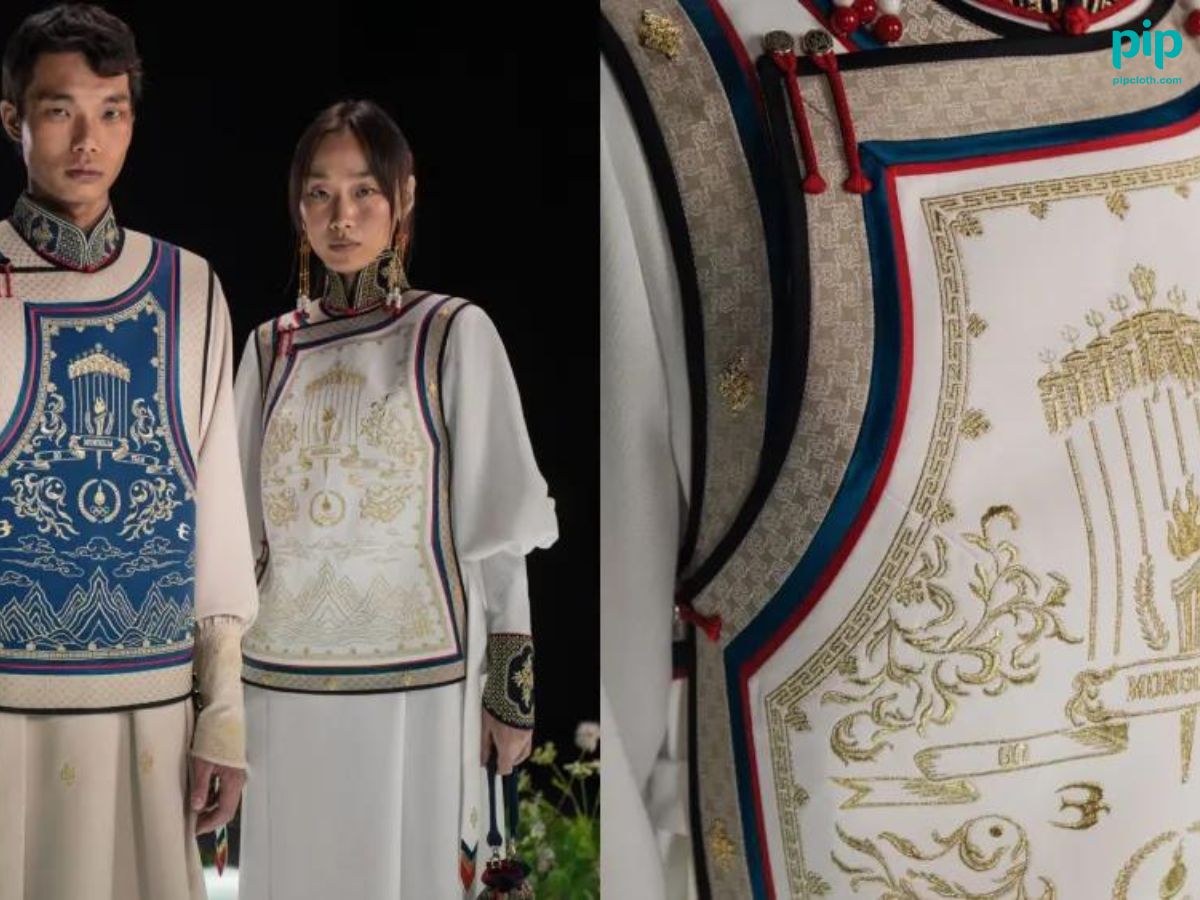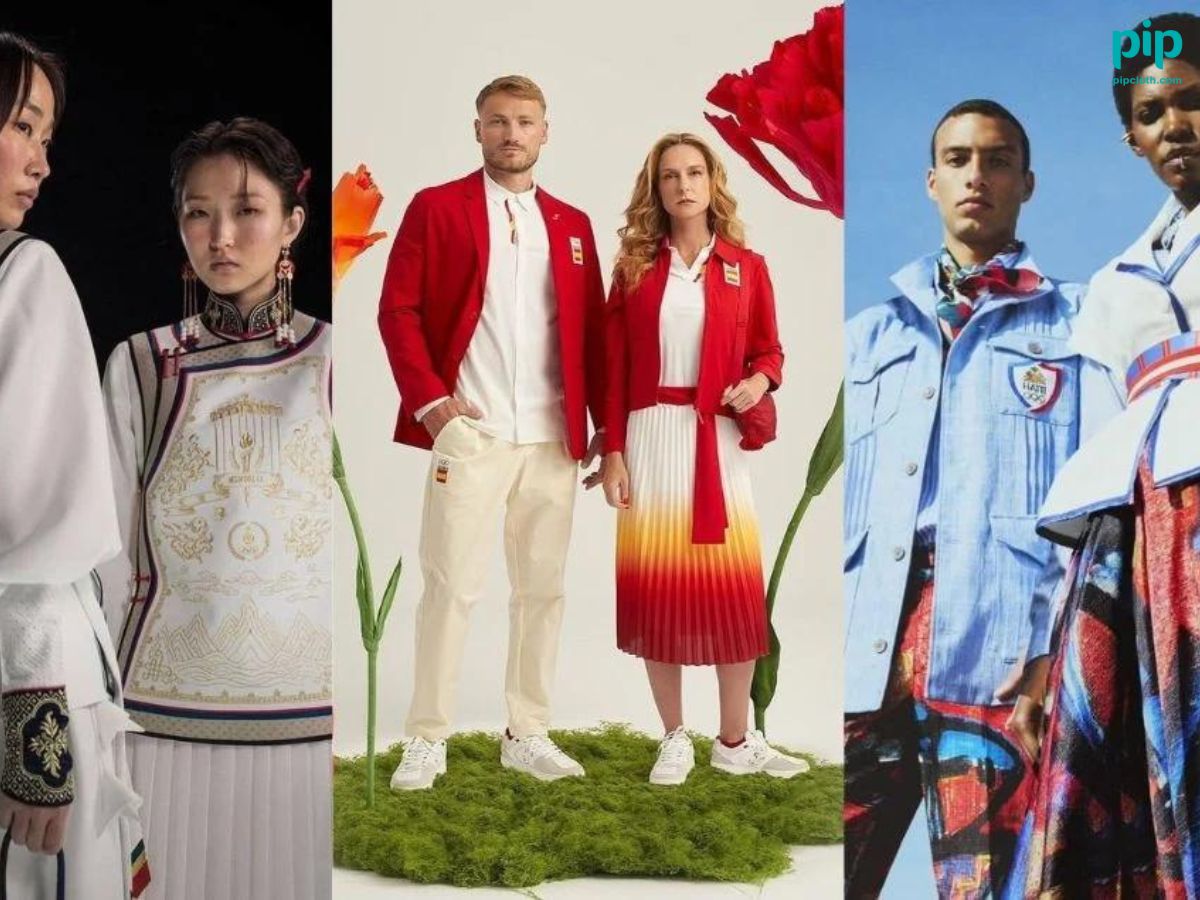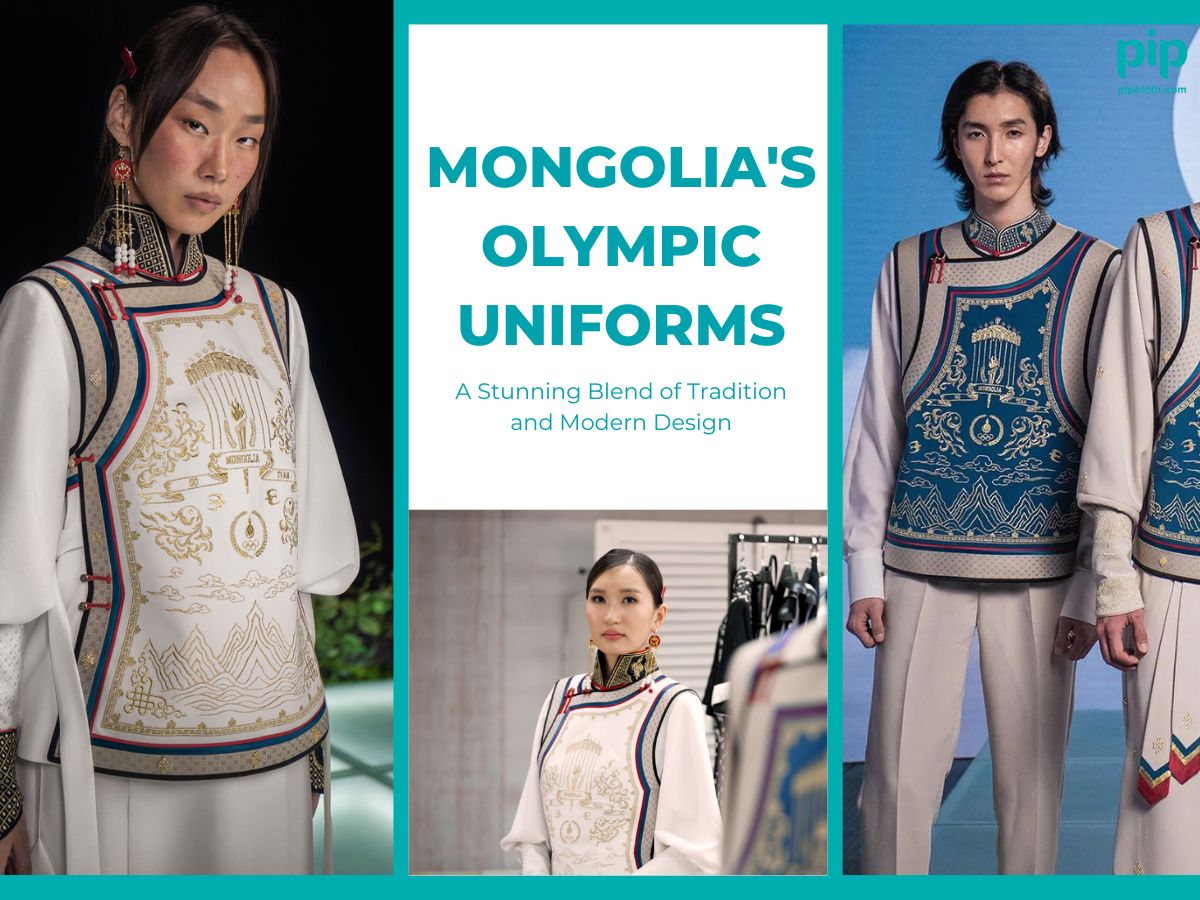Did you know that Olympic uniforms can be more than just functional sportswear? Mongolia’s newly unveiled Olympic uniforms for the Paris 2024 Games are proving that athletic wear can be a powerful medium for cultural expression and national pride.
In this blog post, we’ll explore the fascinating story behind Mongolia’s Olympic uniforms, designed by the rising star Oyungerel Amgalan. We’ll delve into how these uniforms blend traditional Mongolian elements with contemporary design, and what this means for the representation of smaller nations on the global Olympic stage.
Key points we’ll cover:
- The designer behind the uniforms
- Traditional Mongolian elements incorporated into the design
- The significance of the color choices
- The global reaction to the uniforms
- What this means for cultural representation in sports
The Designer: Oyungerel Amgalan
At the heart of this story is Oyungerel Amgalan, a 19-year-old design student from Mongolia. Despite her young age, Amgalan has created a uniform that has captured global attention and admiration.
Key facts about Oyungerel Amgalan: • Currently studying at the Mongolian University of Arts and Culture • Won a national design competition to create the Olympic uniforms • Drew inspiration from traditional Mongolian dress and symbolism
Amgalan’s success demonstrates the power of young talent and the importance of nurturing creativity in emerging designers.
Blending Tradition with Modernity
The uniforms masterfully incorporate traditional Mongolian elements into a modern athletic design:
- The Deel: The uniforms feature a stylized version of the deel, a traditional Mongolian robe-like garment.
- Symbolic Patterns: Intricate patterns on the uniforms represent traditional Mongolian symbols and motifs.
- Modern Functionality: Despite the traditional influences, the uniforms are designed for athletic performance.
Oyungerel Amgalan explains her design philosophy: “I wanted to create something that would make Mongolians proud and show our rich culture to the world, while still being practical for our athletes.”

The Significance of Color
The color choices in the uniforms are not arbitrary. Each hue has been carefully selected to represent aspects of Mongolian culture and history:
- Blue: Represents the eternal blue sky, a significant symbol in Mongolian culture
- Red: Symbolizes fire and passion
- Yellow: Represents the sun and Mongolia’s Buddhist heritage
These colors not only create a visually striking uniform but also tell a story about Mongolia’s identity and values.


Global Reaction
The unveiling of Mongolia’s Olympic uniforms has sparked a wave of positive reactions worldwide:
- Social media buzz: Thousands of shares and comments praising the design
- International media coverage: Featured in major fashion and sports publications
- Increased interest in Mongolian culture: Searches for “Mongolian traditional dress” have spiked since the unveiling
This overwhelmingly positive response highlights the power of innovative design in capturing global attention and promoting cultural awareness.
Cultural Representation in Sports
Mongolia’s Olympic uniforms represent a broader trend of smaller nations using sports as a platform for cultural expression:
- Increased focus on incorporating traditional elements in sportswear
- Growing recognition of the importance of cultural diversity in global events
- Opportunity for lesser-known cultures to gain visibility on the world stage
Sports historian Dr. Amanda Johnson notes, “These uniforms are more than just clothing. They’re a powerful statement about national identity and the role of culture in international sports.”

Conclusion: A New Era of Olympic Fashion
Mongolia’s Olympic uniforms for the Paris 2024 Games represent a stunning achievement in sports fashion design. By blending traditional elements with modern functionality, designer Oyungerel Amgalan has created a uniform that not only serves its athletic purpose but also acts as a vibrant expression of Mongolian culture.
Key takeaways:
- Young designers can make a significant impact on the global stage
- Traditional elements can be successfully incorporated into modern sportswear
- Olympic uniforms can serve as powerful tools for cultural representation
As we look forward to the Paris 2024 Olympics, it’s clear that Mongolia’s uniforms have set a new standard for what Olympic fashion can achieve. They remind us that sports have the power to bring cultures together and celebrate diversity on a global scale.
What do you think about Mongolia’s Olympic uniforms? Are you excited to see more culturally inspired designs in future Olympic Games? Share your thoughts in the comments below!
Olympic Gold Rush: How Fashion Brands Are Sprinting Towards Paris 2024





